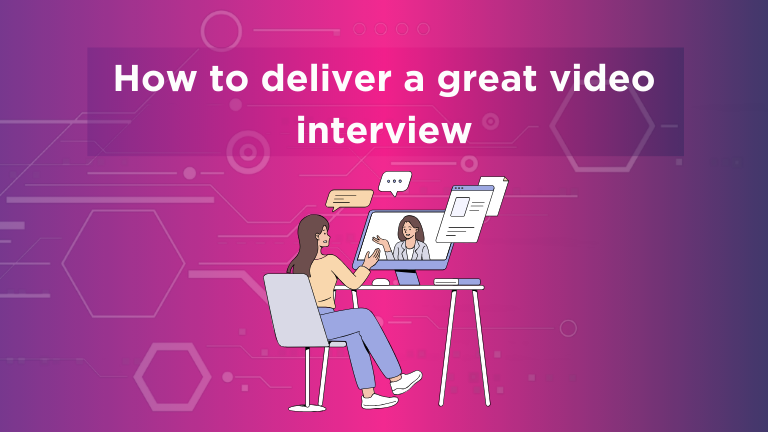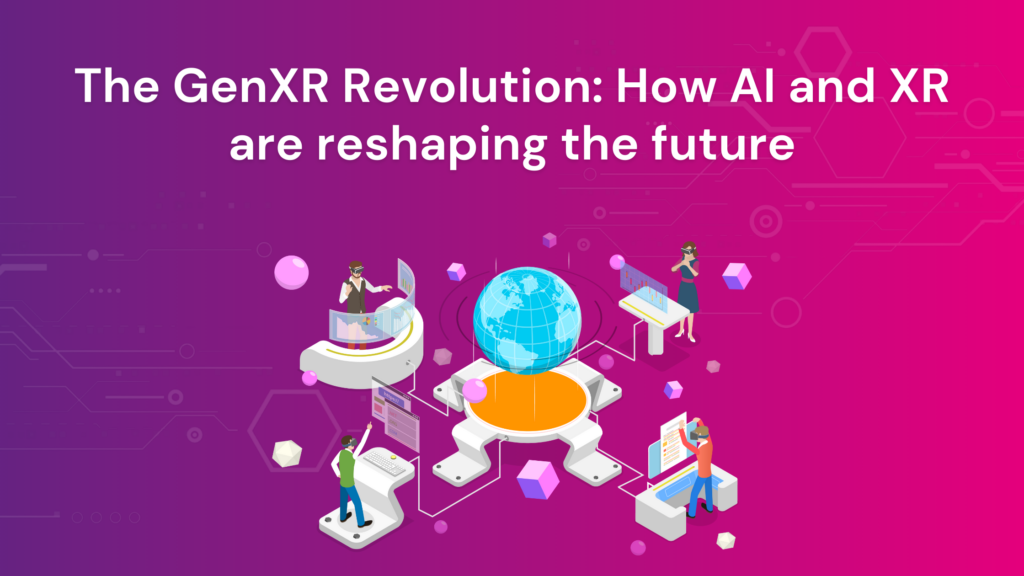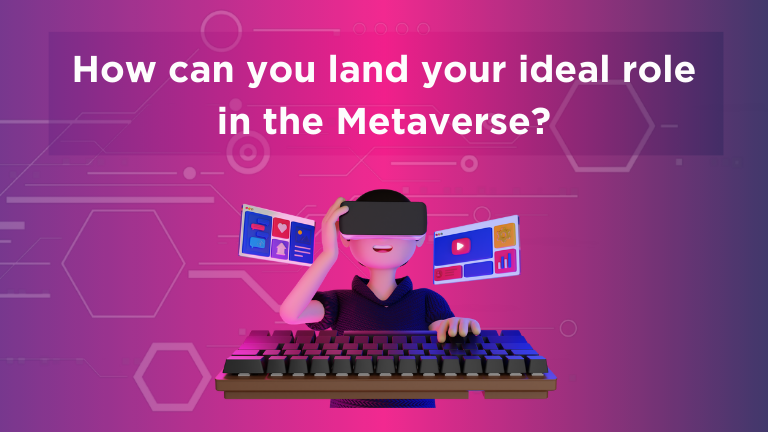The Complete Guide to Hiring for New Creative Technology Positions Before Your Competitors Do

Quick Answer
Six new AI creative roles are emerging that will become mainstream by December 2025: AI TransformationDirector, VP of AI Ethics & Brand Safety, AI Creative Partnership Director, AI Creative Technologist, AIVersion Controller, and AI Authenticity Auditor. Companies hiring these roles early will gain competitiveadvantage before they become standard positions.
What Creative Tech Companies Need to Know About Emerging AI Roles
The Predictable Pattern of New Creative Tech Jobs
After three decades in recruitment and six years leading FourPointZero specialising in creative tech, I’ve seen the trend of new roles emerge before they have an official title.
Historical Examples:
- Prompt Engineers: Nobody knew what they were in 2022. Everyone wanted one by 2023. By 2024, the role had already evolved.
- Growth Hackers: Emerged 2014, became mainstream by 2016
- UX Writers: Emerged 2018, standardised by 2020
- Web3 Designers: Emerged 2021, evolved rapidly
The Consistent Pattern: New role emerges → Forward-thinking companies hire early → Role evolves → Market catches up
Current Market Reality for AI Creative Talent
Most creative tech companies are still experimenting with AI. Very few have it in full production. The professionals who understand both creative workflows and AI implementation are in extremely short supply.
The next 12 months will be pivotal. Companies that successfully deploy AI will reshape entire sectors, while those stuck at pilot stage watch competitors define the new landscape.
The 6 AI Creative Roles Moving from Exception to Expectation

Senior Strategic AI Leadership Roles
These positions lead the 2-3 year evolution of creative departments into AI-augmented teams, creating workflows that didn’t exist 18 months ago.
1. AI Transformation Director – Creative
Role Overview: Leading the 3-5 year business transformation of a creative tech company into AI-augmented organisations.
What They Actually Do:
- Map company-wide AI adoption from creative workflows to business operations
- Balance immediate profitability with long-term strategic investment
- Manage cultural evolution (80% of the challenge) beyond technology adoption (20%)
- Define which capabilities to build internally vs partner vs acquire
Where They Are Now:
- Senior change consultants who understand creative industries
- Former agency operations directors now working in transformation
- Creative leaders who’ve successfully restructured entire companies through previous technology shifts
How to Identify Them:
- They speak both boardroom and studio languages fluently
- They’ve written transformation roadmaps that actually got implemented
- They understand how AI impacts every department, from creative to finance to HR
2. VP of AI Ethics & Brand Safety
Role Overview: Senior role addressing mounting legal and ethical considerations with veto power over campaigns and ownership of the risk register for AI-generated content.
What They Actually Do:
- Navigate AI attribution, disclosure requirements, and ownership rights
- Build frameworks for unanswered questions (Who owns AI-generated content?)
- Participate in board meetings as the voice of creative risk management
- Create protective frameworks before they become essential
Where They Are Now:
- Senior IP lawyers who’ve moved into creative industries
- Brand safety leaders from major platforms
- Former compliance officers who’ve developed creative sector expertise
How to Identify Them:
- They publish thoughtful perspectives on AI ethics
- They understand both legal frameworks and creative processes
3. AI Creative Partnership Director
Role Overview: Managing relationships with OpenAI, Midjourney, Adobe at strategic levels. They’re not using the tools – they’re shaping how the tools get built.
What They Actually Do:
- Negotiate custom models, exclusive access, and partnership deals
- Participate in product roadmap meetings with AI companies
- Secure early access to features and custom training on proprietary data
- Translate between tech companies and creatives
Where They Are Now:
- Former product managers at AI companies moving to agency side
- Strategic partnership directors from tech platforms
- Business development leaders who understand both creative and technical requirements
How to Identify Them:
- They understand both API capabilities and creative workflows
- They have direct relationships with AI company leadership
- They’ve negotiated enterprise deals that go beyond standard licensing
Core Creative AI Implementation Roles
4. AI Creative Technologist
Role Overview: Evolution of the traditional Creative Technologist role, but specialising in generative systems and machine learning workflows rather than interactive installations and web experiences.
What They Actually Do:
- Bridge the gap between “make it pop” and actual AI implementation
- Build custom ComfyUI workflows that creative teams can actually use
- Translate brand guidelines into AI guardrails
- Know when AI-generated means “good enough” vs “needs human touch”
Where They Are Now:
- Senior designers who’ve taught themselves machine learning
- Traditional Creative Technologists who’ve pivoted to AI
- Art directors building custom tools because existing ones don’t meet their standards
How to Identify Them:
- They have both Behance portfolios and GitHub repositories
- They discuss colour theory and tensor flow with equal fluency
- They’re creating work that pushes both artistic and technical boundaries
5. AI Version Controller
Role Overview: Managing the exponential complexity of AI-generated creative assets. Current production reality: One campaign generates 47,000 images, 1,200 video variations, 8,000 copy iterations.
What They Actually Do:
- Design archaeological systems for AI creativity
- Build frameworks documenting what was chosen and why alternatives were rejected
- Manage the equation: prompt + model + seed + settings + timestamp = output
- Create learning libraries where each campaign improves the next
Where They Are Now:
- Senior production managers who understand both creative workflows and data architecture
- Former DAM specialists who’ve moved beyond traditional asset management
- Creative operations leads who’ve built custom tracking systems because existing tools can’t handle AI scale
How to Identify Them:
- They maintain sophisticated workflow documentation
- They’ve built custom databases when off-the-shelf solutions failed
- They understand version control from both creative and technical perspectives
6. AI Authenticity Auditor
Role Overview: Protecting brand authenticity while leveraging AI, preserving the human element that makes brands memorable.
What They Actually Do:
- Develop “authenticity scores” for AI-enhanced campaigns
- Create detection systems for when AI goes “too perfect”
- Build brand-specific AI guidelines that preserve voice
- Manage the legal/ethical frameworks around AI attribution
Where They Are Now:
- Senior brand strategists who’ve become AI ethics advocates
- Former journalists now consulting on content authenticity
- Creative directors who’ve rejected AI work for crossing authenticity lines
How to Identify Them:
- They write nuanced perspectives on AI and creativity
- They’ve developed frameworks for brand authenticity in AI contexts
- They’re the voice of caution in rooms full of enthusiasm
How to Hire for AI Creative Roles That Don’t Yet Exist
The simple answer is to stop writing job descriptions, and start describing challenges.
Challenge-Based Hiring Approach
Instead of traditional job descriptions, try:
- Instead of “seeking AI Creative Technologist,” try: “We generate 10,000 assets monthly. 80% need human review. 50% get rejected. Fix this.”
- Instead of qualifications, list tools: “You’ll have access to: Midjourney, Stable Diffusion, ComfyUI, Runway, unlimited compute. What would you build?”
- Instead of years of experience, ask for proof of learning: “Show us something you couldn’t do 6 months ago.”
Why Timing Matters
By December 2025, these positions will have official titles, benchmark salaries, and standardised job descriptions. The opportunity for competitive advantage will have passed.
The forward-thinking companies are identifying these people. The professionals who understand both creative technology and AI are already solving these challenges. They’re building AI systems in creative environments. They know what works, what doesn’t, and who’s shipping production-ready solutions.
The companies with the right talent will define creative tech’s future. The question is whether you’ll find them before your competitors do.




